Whether you’re a seasoned writer or just starting out, the question of self-publishing vs. traditional publishing is something you will eventually need to consider. In today’s marketplace, you have more options than ever. Submitting your work to a traditional publishing house is no longer necessary to reach a wide audience. With self-publishing, you now have the power to connect with your readers directly, eliminating the middleman.
So which approach is best for you? Let’s discuss the pros and cons of each.
Traditional Publishing
Pros:
- Professional Validation: Traditional publishing offers a stamp of approval from established publishing houses, boosting your credibility and visibility in the literary world.
- Expertise and Support: Publishers provide professional editors, designers, and marketing teams to guide your book from manuscript to market, lightening your workload.
- Distribution Channels: Your book gains access to well-established distribution networks, making it easier to reach bookstores and libraries.
- Advances and Royalties: Traditional publishers may offer an advance payment and handle royalty distribution, potentially providing a steady income stream
Cons:
- Competitive Selection: Landing a traditional publishing deal can be highly competitive, requiring a compelling pitch and patience throughout the submission process. And as the literary market continues to adapt and react to advances in technology, securing a deal will only become more and more competitive.
- Loss of Control: Publishers often have the final say on cover design, title, and editing, which may not align with your creative vision.
- Slower Process: Traditional publishing can involve lengthy timelines, from acceptance to publication, due to the many stages of production.
Self-Publishing
Pros:
- Creative Control: Self-publishing grants you full control over every aspect of your book’s creation, from content to cover design.
- Speed and Flexibility: You set the timeline for your book’s release, allowing you to respond quickly to trends or timely topics.
- Royalties: With self-publishing, you often retain a higher percentage of royalties, potentially leading to greater earnings per book sold. This is especially true if you handle your own storage and fulfillment.
- Diverse Voices: Self-publishing welcomes diverse voices and niche genres that might not fit the traditional publishing mode.
Cons:
- Initial Investment: Self-publishing requires an investment in editing, design, and marketing services, as well as the cost of production. These costs can be mitigated, of course, depending on your comfort level with design and self-editing. And while production costs still exist, there are many enterprises, like Presto Page, that offer competitive rates.
- Marketing Responsibility: The onus of marketing and promoting your book falls on your shoulders, requiring time and effort to build an audience. For out-of-the-box thinkers, however, this can be a wonderful opportunity to hone promotional strategies that fall outside traditional publishers’ purview.
- Perceived Credibility: Some readers may associate self-published books with lower quality, potentially affecting your book’s reputation. As self-publishing continues to grow, however, this stigma is steadily disappearing. Moreover, we believe a well-crafted book will speak for itself no matter how it’s been published.
The key takeaway is that self-publishing puts you in control. You have the freedom to craft your masterwork in any way you see fit, from the title and cover all the way to promotion and distribution strategies. It puts your artistic vision squarely at the forefront, undiluted and unfiltered. If you think self-publishing may be for you, reach out to our team right away for a personalized consultation.
And no matter which side you land on in the self-publishing vs. traditional publishing debate, we here at Presto Page wish you the best of luck and prosperity!

